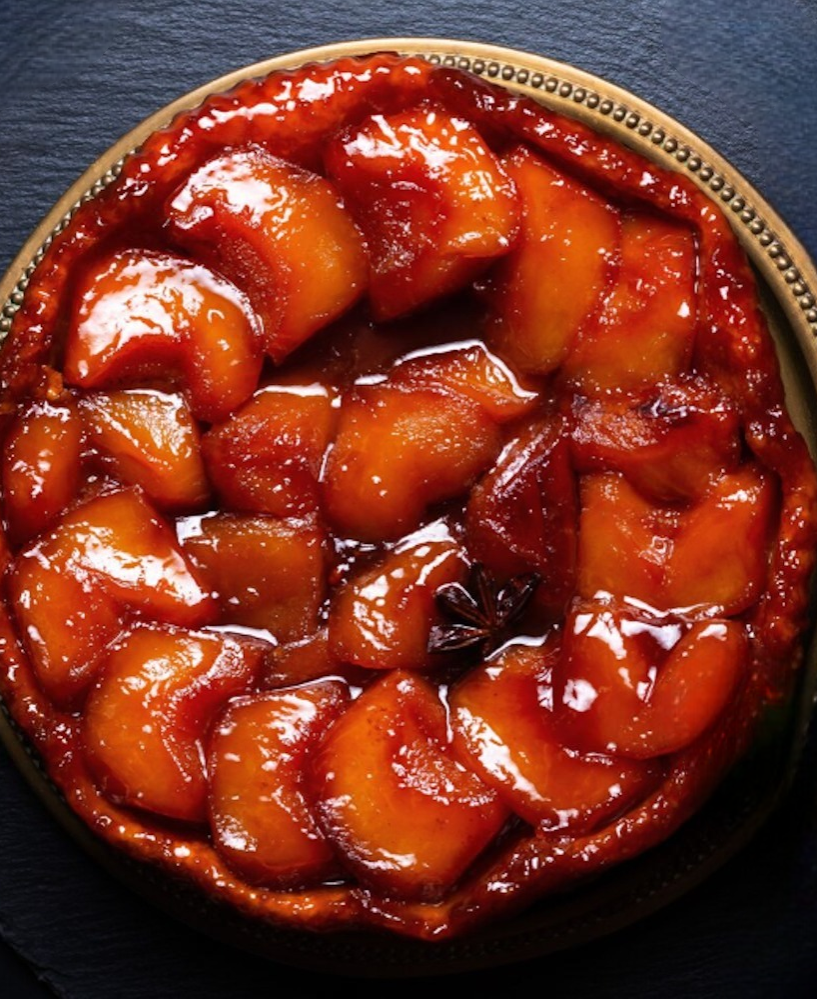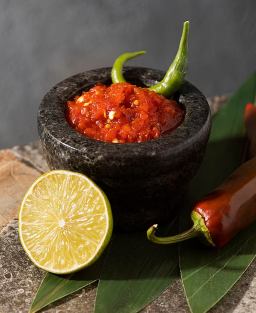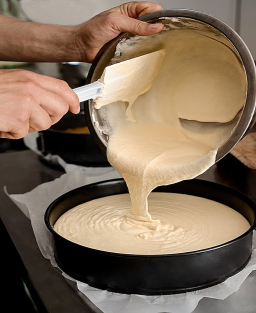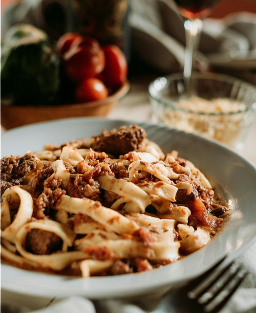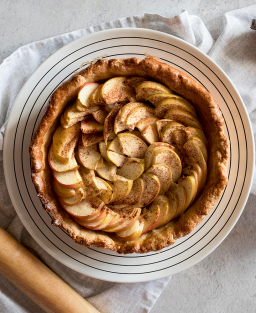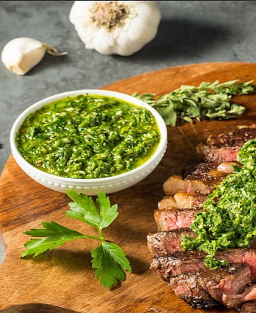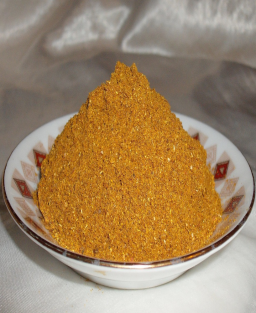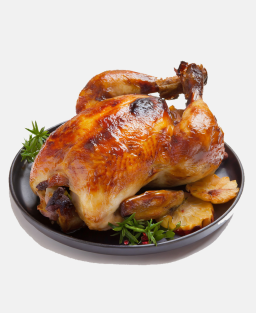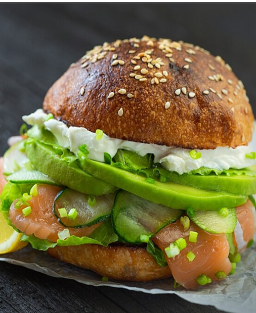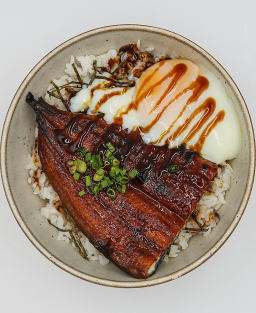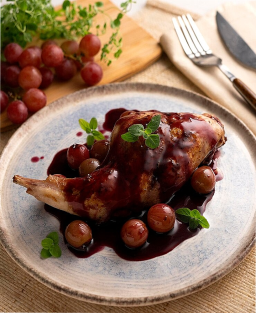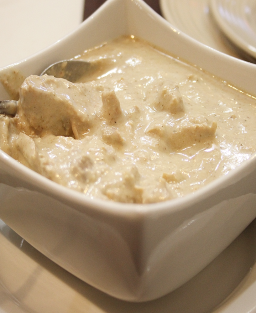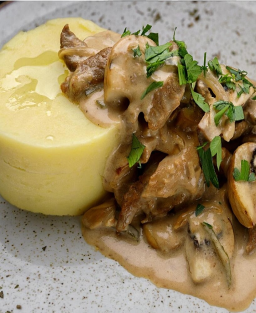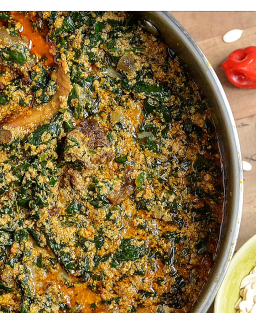- Out-of-Stock
Traditional Recipe for the Tarte Tatin by Sisters Stéphanie and Caroline Tatin (Apples-Caramel-Shortcrust Pastry)
Traditional Recipe for the Tarte Tatin by Sisters Stéphanie and Caroline Tatin (Apples-Caramel-Shortcrust Pastry)
By sisters Caroline and Stéphanie Tatin
Legend and Historical Origin
The Tarte Tatin is named after sisters Stéphanie and Caroline Tatin, who ran a hotel-restaurant in Sologne, in Lamotte-Beuvron, Loir-et-Cher department (Centre-Val de Loire region), at the end of the 19th century. Their cooking was traditional, rustic, and focused on local products.
The Tarte Tatin was served:
-
Warm or at room temperature,
-
Without any particular accompaniment,
-
As a rustic and hearty local dessert.
The addition of crème fraîche, whipped cream, or vanilla ice cream came much later, probably:
-
In the 20th century, when the Tarte Tatin was adopted by gourmet restaurants, notably at Maxim’s in Paris,
-
By chefs aiming to create contrasts of hot/cold, tangy/sweet, soft/crispy.
This aligns with the standards of French haute cuisine, where warm desserts are often paired with a fresh element (e.g., vanilla ice cream, sorbet, whipped cream).
The Legend (popular version):
One day, Stéphanie Tatin, somewhat overwhelmed or distracted in the kitchen, supposedly forgot to put the pastry in the pan before cooking her apples with sugar and butter. To fix her mistake, she simply added the pastry on top of the already cooked apples and put the whole thing in the oven.
When turned out after baking, the tart was served upside down, and to everyone's surprise... it was a great success with customers.
What is historically known:
The dessert was already a specialty of the Tatin sisters before the legend spread.
It was indeed an upside-down caramelized apple tart, but probably not due to a mistake.
Louis Vaudable, owner of the famous Parisian restaurant Maxim’s, popularized the Tarte Tatin in Paris after tasting it in Lamotte-Beuvron.
Created between 1880 and 1900, at the end of the 19th century.
Popularized in Paris in the 1930s thanks to the restaurant Maxim’s.
Traditional Recipe by the Tatin Sisters
Servings: 8 people
Ingredients
-
Apples (Golden, Reinettes): 1.2 kg (6 to 8 medium-sized apples)
-
Granulated sugar: 150 g (for caramel)
-
Unsalted butter: 100 g (50 g for caramel, 50 g for the apples)
-
Shortcrust pastry (or puff pastry): 1 disc, 26 cm diameter (homemade or store-bought)
-
Lemon juice: 1 tablespoon (to prevent browning)
-
Vanilla (optional): 1 pod or vanilla extract
Preparation
Prepare the apples
Peel, core, and cut the apples in halves or quarters.
Sprinkle them with a little lemon juice to prevent browning.
Make the caramel
In a heavy-bottomed saucepan, melt the sugar dry until it becomes a golden blond caramel.
Off the heat, add 50 g of butter and stir vigorously.
Immediately pour the caramel into the bottom of a 26 cm round cake pan, tilting to evenly coat.
Let it cool slightly.
Arrange the apples
Place the apple quarters tightly packed, rounded side down, on the set caramel.
Scatter the remaining 50 g of butter cut into small pieces over the apples.
Bake for 20 to 25 minutes at 180°C (fan oven) to partially cook the apples.
Add the pastry
Remove the pan from the oven and place the pastry disc over the apples.
Tuck the edges inside the pan to enclose the fruit.
Prick the pastry lightly with a fork to prevent air bubbles.
Return to the oven and bake for 25 to 30 minutes at 180°C until the pastry is golden brown.
Unmold
Let the tart rest for 5 to 10 minutes.
Place a serving plate on top of the pan and carefully but firmly invert (watch out for hot caramel).
Serve warm or at room temperature.
Chef’s Tips and Gourmet Version
Serve warm with thick crème fraîche, whipped cream, or vanilla ice cream.
You can add a little cinnamon or vanilla to the caramel for extra flavor.
Use firm cooking apples to maintain shape (Reinettes, Boskoop…).
For a gourmet version:
Serve the Tarte Tatin with a fresh apple granita and a slightly tangy Normandy cream to bring freshness, lightness, and texture contrast.
This pairing highlights the tart’s caramelized sweetness while adding a refined balance between hot and cold, soft and crunchy.











